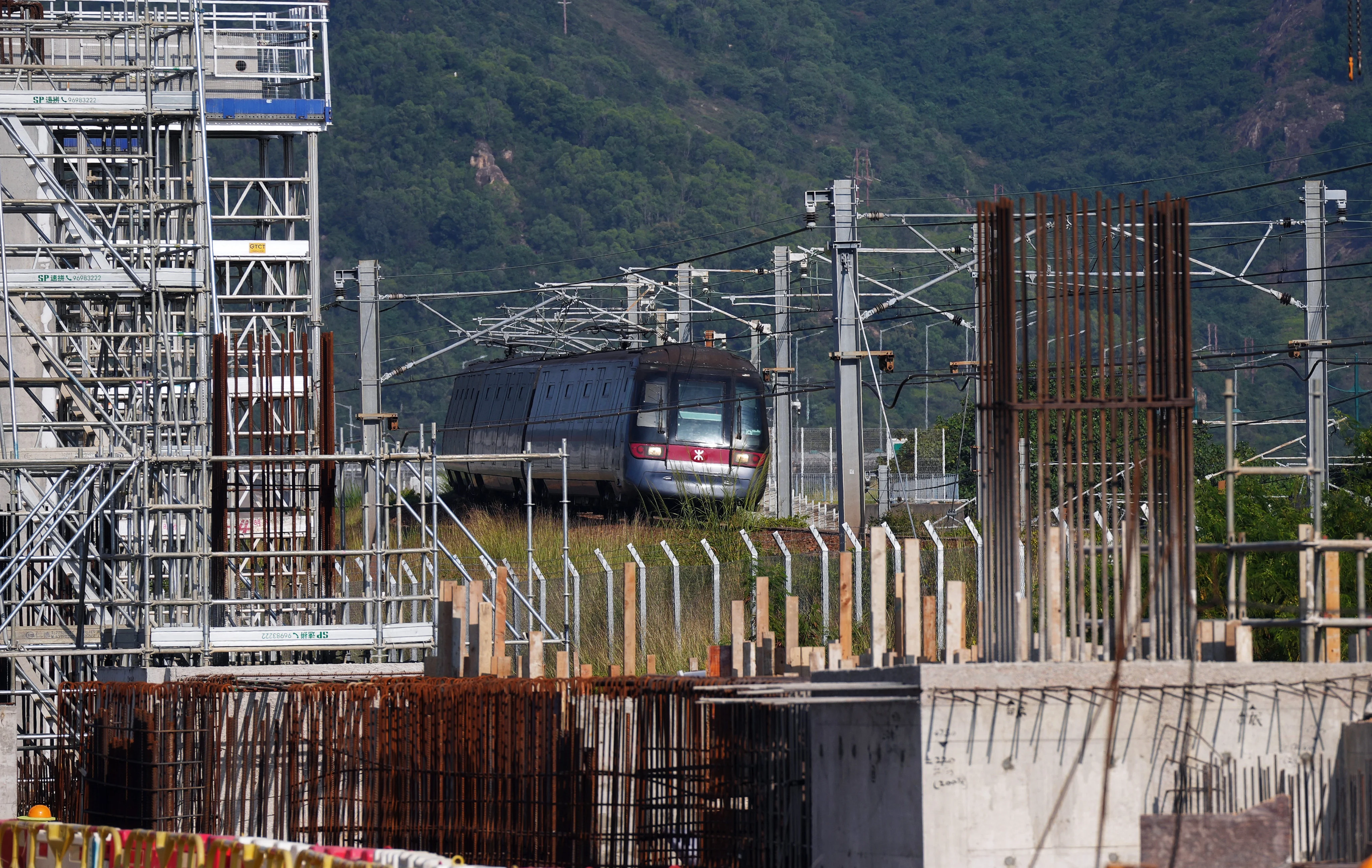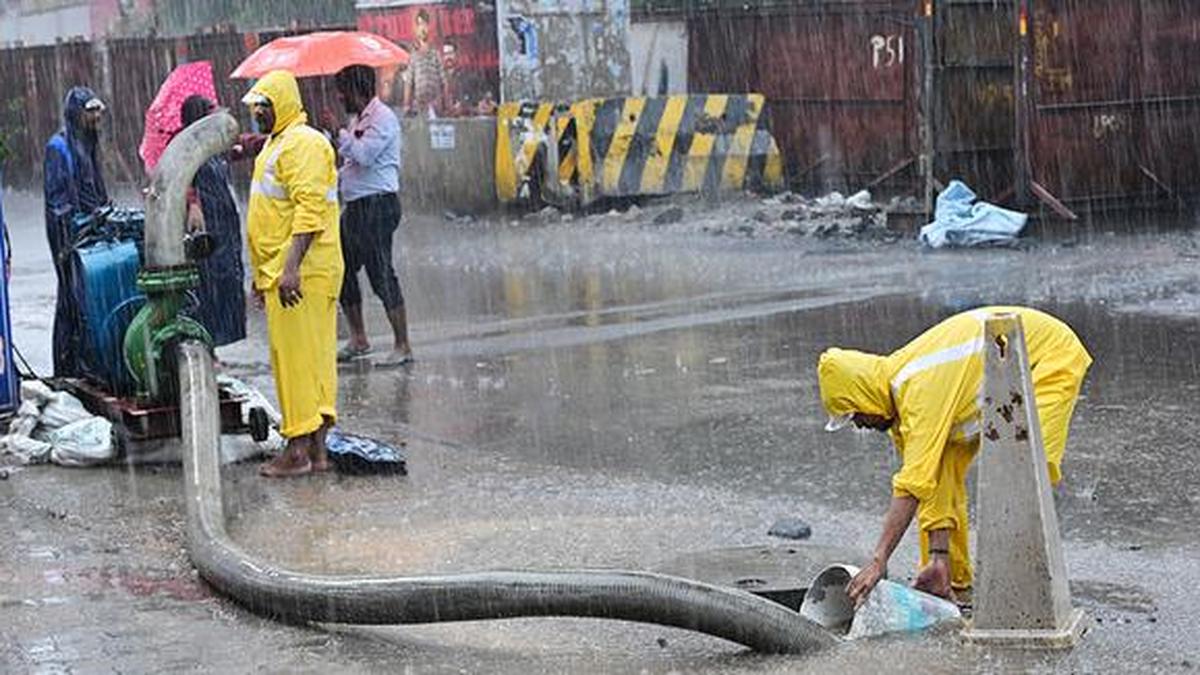Copyright scmp

Hong Kong’s construction quality will remain world-class, even as authorities introduce more materials and standards from mainland China, the development minister has said in response to public concerns over building safety. Secretary for Development Bernadette Linn Hon-ho said the government was considering pre-approving construction materials regarded by the industry as offering good value for money – such as steel, concrete and glass – and reviewing its building standards, but stressed that construction quality would not be compromised. “It is not just about introducing mainland standards. We hope to widen the [standards] and we will adopt them if they meet our expectations,” Linn said in an exclusive interview with the Post. “We are a very open and international city … I hope to emphasise that we source products and benchmarks from all over the world, including Hong Kong, overseas and the mainland … We cannot compromise the quality of our construction sector, even as we review [these standards].” Her comments followed the government’s move to incorporate national railway standards into local benchmarks, aiming to significantly reduce costs and boost efficiency. The standards will first be applied to the Northern Link cross-border railway project and are expected to reduce construction costs for it by up to 30 per cent. Last month, Chief Executive John Lee Ka-chiu also announced in his policy address a review of construction standards and exploration of additional accreditation standards from “more regions”, with experts urging the government to introduce more mainland products and specifications to reduce the cost of public projects. Linn said that, given technological advancements, the Building Technology Research Institute under the government had already started reviewing the city’s construction standards. The first phase, covering concrete strength and foundation load-bearing capacity, is expected to be completed next year. The criteria were last updated in 2013 and 2017, respectively. Other reviews cover building design loading, mainly for office and retail developments. They also include the design wind load on noise barriers. The institute was also commissioned last month to certify construction products from the mainland and overseas, aiming to shorten the approval procedures in the future. Many mainland materials, including steel, glass and concrete, are of high quality, according to the industry. The institute would pre-approve a list of construction materials to facilitate their use in different projects, Linn said. “The institute will proactively use its magnifying glass to search everywhere and put good-quality items on the list. Then, developers will no longer have to seek approval in every project,” she said, adding that the review would bring new insights and lower the costs. Linn said that developers often had to wait for some time to obtain approval from authorities when proposing the use of new construction materials in individual projects Commenting on recent construction hiccups that sparked public concerns over construction quality, Linn said that the incidents were all isolated cases. Recent problems exposed include a contractor’s use of unapproved materials in parts of the Tung Chung East MTR station project, while irregularities were also found at three light public housing estates in Siu Lam, Tuen Mun and Chai Wan. Linn said the irregularities in the housing projects stemmed from on-site installation issues rather than material defects. According to authorities, an initial inspection covering 30 to 40 per cent of the modules from the three projects revealed significant defects in several structural connections. About 6 per cent of the 4,000 screws examined were found to be cut short or severed. About 20 per cent of the connecting holes on the iron plates had also been enlarged without authorisation. Regarding the MTR station incident, Linn noted that the problem was linked to a failure in reporting. “The industry’s approval process is already quite stringent,” Linn said, adding that the city used a “check-the-checker” system. She said that this involved government departments reviewing the work of contractors and professionals responsible for supervising and inspecting construction, highlighting the industry’s stringent requirements. Separately, Linn also pledged to review their experience after the typhoon season to better prepare for the next one. She added that the review might not focus on large-scale coastal infrastructure and facilities, but instead collect more micro data to help the government identify susceptible spots and take additional precautionary measures in advance. Super Typhoon Ragasa brought the city to a standstill for nearly two days in September, raising concerns about the sufficiency of current precautionary measures. Massive waves and storm surges damaged coastal restaurants, with losses running into millions of dollars, according to complaints by owners of waterfront businesses at the Tseung Kwan O promenade. Pointing to the collapse of the Fullerton Ocean Park Hotel’s entrance after being hit by strong waves during the typhoon, Linn said the property would need to devise a contingency plan. “They might need to place a deflatable breakwater in advance next time,” she said.



